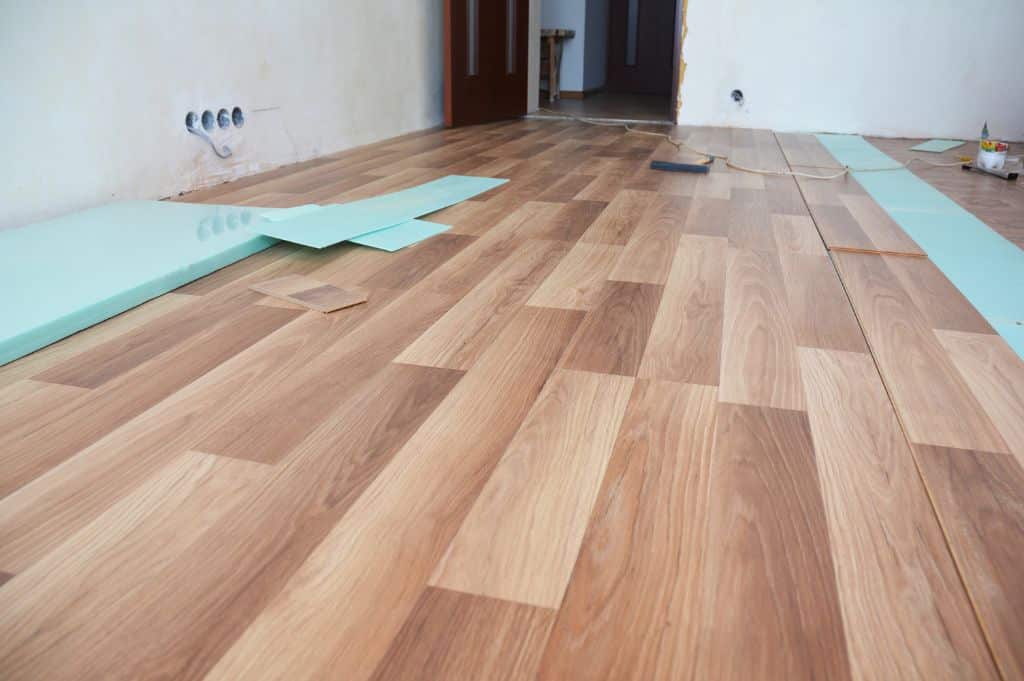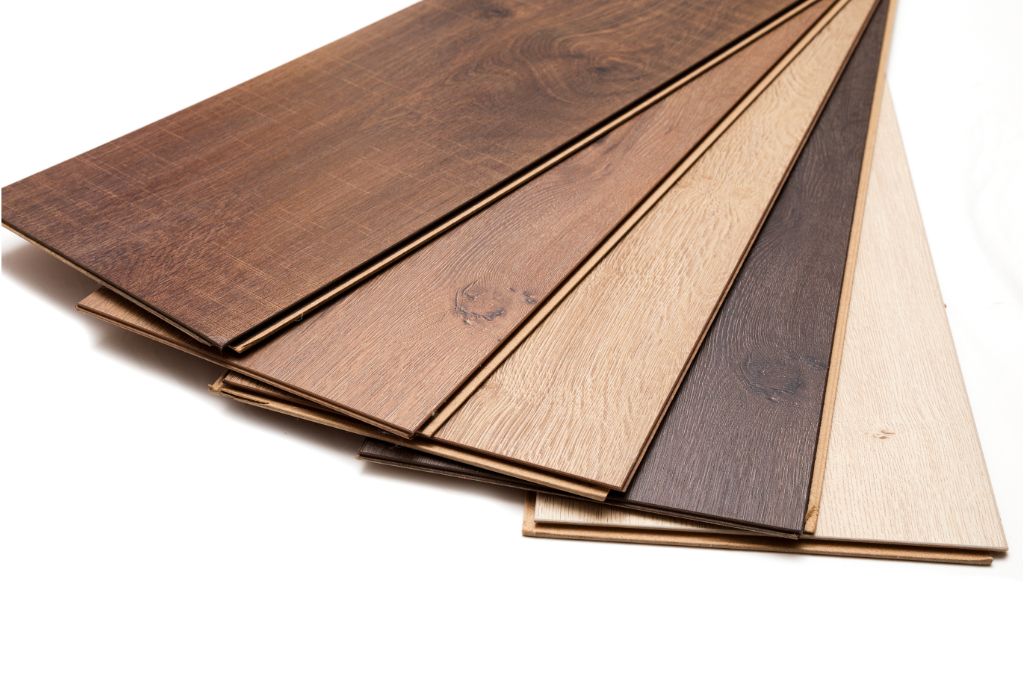If you’re considering laminate flooring for your home, it’s essential to weigh the Laminate Flooring Pros and Cons. While laminate offers several benefits, it also has limitations that may impact your decision. Let’s delve into the advantages and disadvantages of laminate flooring to help you make an informed choice for your space.
1. Easy Installation
Laminate flooring boasts a straightforward installation process, making it an attractive option for DIY enthusiasts. With the click/lock method, planks effortlessly fit together like a puzzle, creating a floating floor. Unlike traditional hardwood flooring, laminate doesn’t require nailing or gluing, allowing for easy replacement of damaged planks.
2. Versatility
One of the standout features of laminate flooring is its versatility. It can replicate the appearance of hardwood, stone, or tile, offering a wide array of design options. While it may not provide the same authenticity as genuine materials, advancements in technology have made laminate nearly indistinguishable from its counterparts.

Laminate Flooring Pros and Cons – Nadine Floor Company
3. Affordability
Laminate Flooring Pros and Cons include affordability, typically costing between $4.50 to $5.00 per square foot. This affordability makes it an attractive choice for homeowners looking to achieve the look of hardwood or tile without the hefty price tag.
4. Ease of Maintenance
Maintaining laminate flooring is hassle-free thanks to its multi-layered construction. The wear layer protects the surface from scratches and maintains its flatness over time. Routine cleaning with a broom and vacuum is all that’s needed to keep laminate floors looking pristine.
5. Appearance
While laminate flooring mimics the look of real hardwood, it may not replicate it entirely. However, modern manufacturing techniques produce high-resolution images that closely resemble genuine wood. Despite its visual appeal, laminate’s artificial nature may deter some homeowners seeking authenticity.

Laminate Flooring Pros and Cons – Nadine Floor Company
6. Durability
Laminate Flooring Pros and Cons include decent durability but susceptibility to wear and tear over time. Unlike hardwood, laminate cannot be refinished, limiting its lifespan. However, most manufacturers provide warranties of at least 10 years, offering peace of mind to homeowners.
7. Moisture Sensitivity
Moisture poses a significant threat to laminate flooring, particularly if exposed for prolonged periods. While laminate is suitable for kitchens, areas prone to moisture, such as bathrooms and laundry rooms, should be avoided. Preventing moisture from reaching the core of laminate is crucial to maintaining its longevity.
8. Lower Return on Investment
Due to its synthetic composition, laminate flooring may not significantly increase a home’s value. Its shorter lifespan and inability to be refinished diminish its potential return on investment compared to genuine hardwood or tile. Homeowners seeking to maximize property value may opt for more durable flooring options.
Nadine Floor Company: Your Flooring Experts
At Nadine Floor Company, we understand the importance of choosing the right flooring for your home. Whether you’re considering laminate or exploring other options, our experts are here to guide you. With our extensive selection and professional installation services, we’ll help you transform your space with confidence.
Ready to upgrade your flooring in Plano,TX? Contact us today at (469) 666-4530 to schedule a consultation. For more home remodeling tips and inspiration, be sure to visit our blog.
Conclusion: Laminate Flooring Pros and Cons

Laminate Flooring Pros and Cons – Nadine Floor Company
When weighing the Laminate Flooring Pros and Cons, it’s essential to consider your specific needs and preferences. While laminate offers affordability and versatility, its susceptibility to moisture and limited lifespan may be deterrents for some homeowners. Ultimately, consulting with flooring experts and evaluating your long-term goals can help you make the best decision for your home.
FAQs (Frequently Asked Questions)
- Is laminate flooring suitable for high-traffic areas? Laminate flooring can withstand moderate foot traffic but may show signs of wear in heavily trafficked areas over time. Consider using area rugs or mats in such spaces to prolong its lifespan.
- Can laminate flooring be installed in basements? Basements with high humidity levels may not be suitable for laminate flooring due to moisture concerns. However, with proper subfloor preparation and moisture barriers, laminate can be installed in some basement environments.
- Does laminate flooring require underlayment? Underlayment is recommended for laminate flooring to provide cushioning, noise reduction, and moisture protection. Consult with your flooring installer to determine the appropriate underlayment for your specific needs.
- Can laminate flooring be repaired if damaged? While individual planks of laminate flooring can be replaced, repairing extensive damage may require professional assistance. It’s essential to address minor issues promptly to prevent further deterioration.
- How long does laminate flooring typically last? The lifespan of laminate flooring varies depending on factors such as quality, maintenance, and foot traffic. On average, laminate flooring can last 10 to 25 years with proper care and maintenance.
